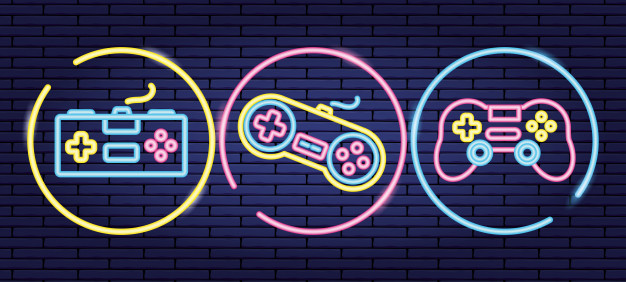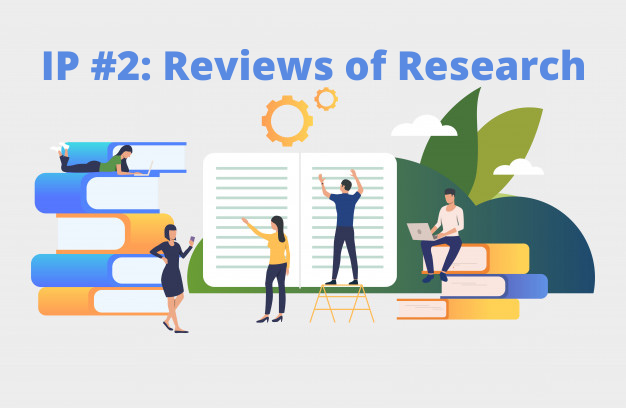Martin, Wendy, Silander, Megan, & Rutter, Sarah. (2019). Digital games as sources for science analogies: Learning about energy through play. Computers & education, 130, 1-12. DOI: https://doi.org/10.1016/j.compedu.2018.11.002
Martin et al. (2019) conducted a study to determine if students who engage in analogy mapping exercises following digital gameplay demonstrate greater understanding than students who did not. The authors conducted a matched comparison group study with a treatment and comparison group. Both groups received similar instructional sequences that introduced digital games surrounding three topics related to energy transfer, with the exception of two steps. The treatment group reflected on their gameplay experience immediately afterwards, while the comparison group focused on activating prior content knowledge. In the final step, the treatment group engaged in a discussion utilizing analogy-mapping techniques featuring visual support to highlight the connection between gameplay and the target content, while the comparison group engaged in an alternative discussion.
Analysis was conducted over a few months, which would likely make variables such as absences difficult to control. Results indicated that students in the treatment group learned more regarding broad energy concepts and one of the three energy-related topics. Notably, treatment group students with higher pre-test scores, those likely to be more advantaged with less missing data, learned more than those with lower pre-test scores. I assumed intervention would have had a greater impact on struggling students, but perhaps student motivation and absences were a factor.
This study was significant as it highlights the importance of instructional strategies to help learners connect digital games to disciplinary knowledge through “bridging activities” and reflection. Analogy mapping techniques can have a similarly positive impact when including an initial understanding of game mechanics, visual comparisons, and discussion to connect to discipline knowledge. Surprisingly, findings suggested that “analogies tend to be more effective when the source and target come from very different domains, because they demand greater conceptual effort,” highlighting the importance of teacher intervention rather than relying on gameplay alone. (p. 130).
Continue reading “Intellectual Production #2”





